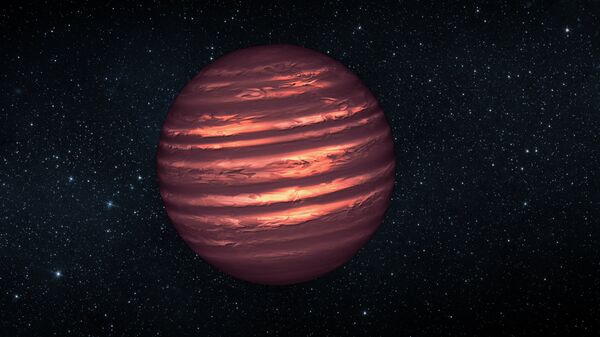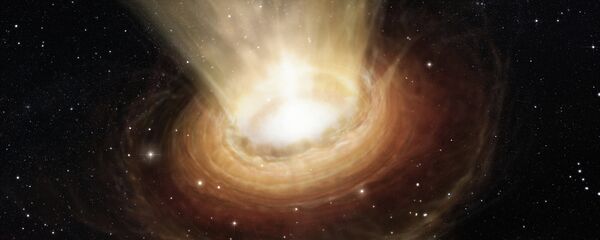Brown dwarfs are massive, and possess some features of both stars and planets but can't be comfortably classified as either. Gregg Hallinan, assistant professor of astronomy at Caltech, and his team of astronomers have discovered that giants, often referred to as "failed stars," in fact behave more like planets in the sense that they host super-bright aurorae near their magnetic poles. The team's findings were published in the journal Nature.
"We're finding that brown dwarfs are not like small stars in terms of their magnetic activity; they're like giant planets with hugely powerful aurorae," Hallinan said.
Aurorae can be observed in the atmospheres of all of the planets in our solar system with magnetic fields, in the form of radiant displays of colors in the sky. Earth is not an exception, with its northern and southern lights. The aurorae are produced when charged particles of cosmic rays, solar wind and magnetospheric plasma interact with the upper atmosphere, causing light emissions.
"If you were able to stand on the surface of the brown dwarf we observed-something you could never do because of its extremely hot temperatures and crushing surface gravity-you would sometimes be treated to a fantastic light show courtesy of aurorae hundreds of thousands of times more powerful than any detected in our solar system" Hallinan said.
In the early 2000s, the astronomers who discovered that brown dwarfs send out radio waves assumed they did it in the same way stars do. Hallinan's team's discovery proves the "failed stars" emit their radio waves in pulses just like planets with magnetic fields do.
"We knew that radio pulses from planets in our own solar system were caused by aurorae, so we thought maybe brown dwarfs had aurorae too," he said.
Determined to detect a brown dwarf aurora in action outside of our solar system, Hallinan and his team trained several large, specialized telescopes on the mysterious object LSR J1835 + 3259, a brown dwarf about 18.5 light years from the sun. The brown dwarf rotated once in 2.8 hours, which let the astronomers witness almost three full rotations during one night.
According to Hallinan, LSR J1835 + 3259's aurorae weren't greenish like those of Earth, but rather reddish due to hydrogen-rich atmospheres. They were more powerful than any ever witnessed.
But more work will be needed to identify how the aurorae are generated, as the brown dwarf — unlike Earth — does not have a stellar companion.



